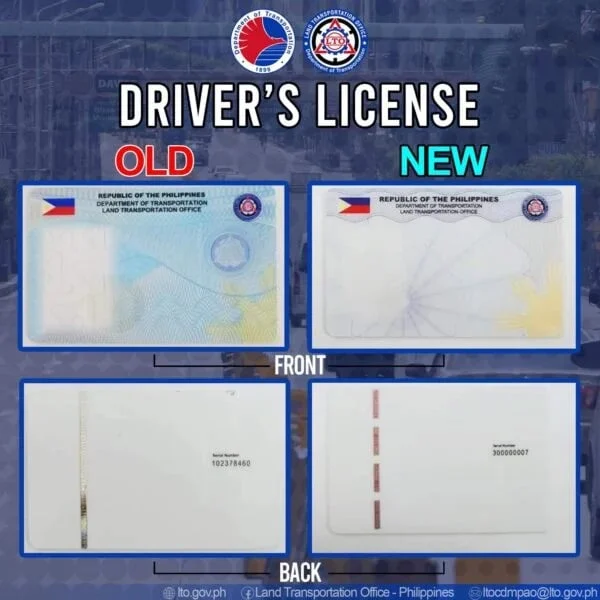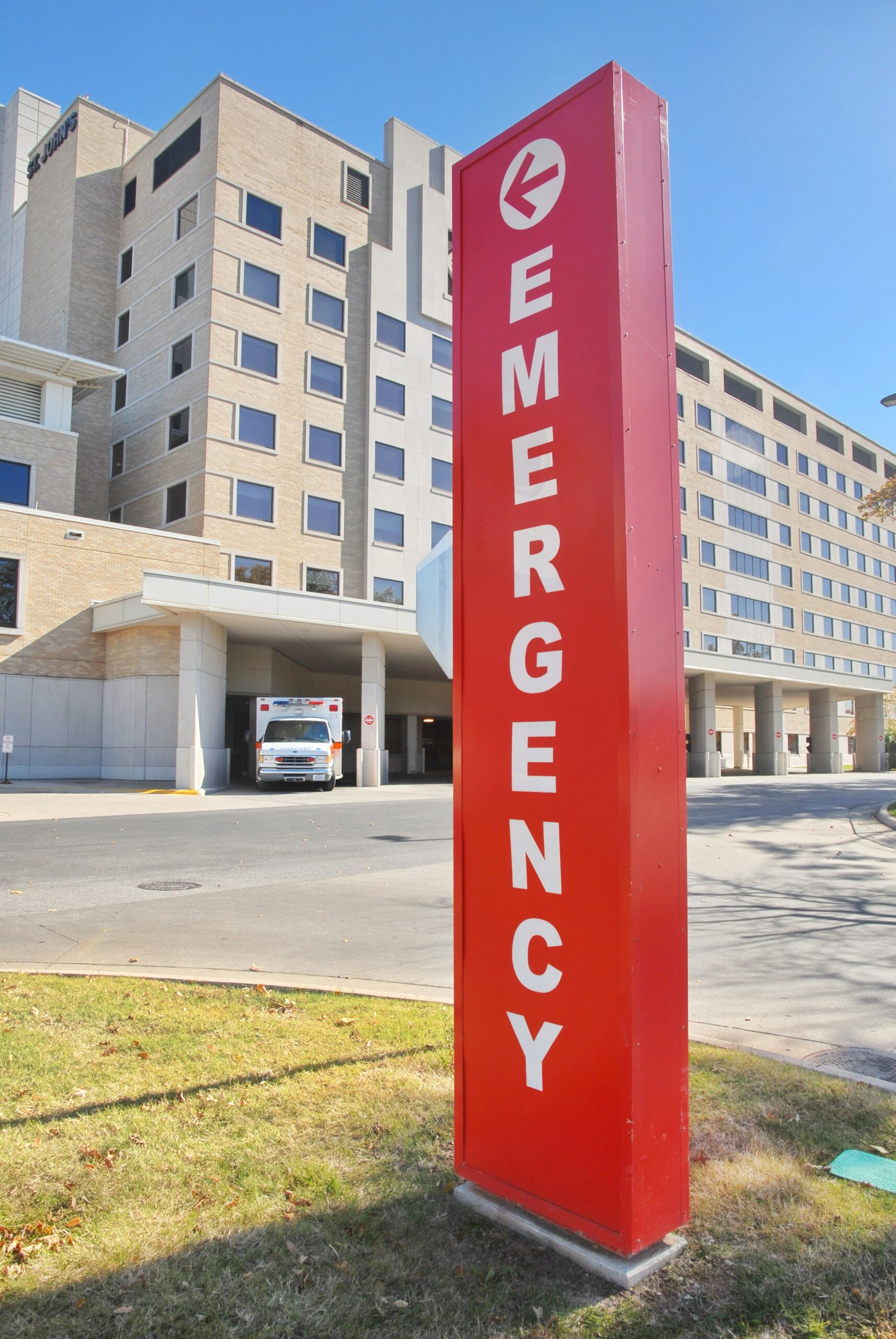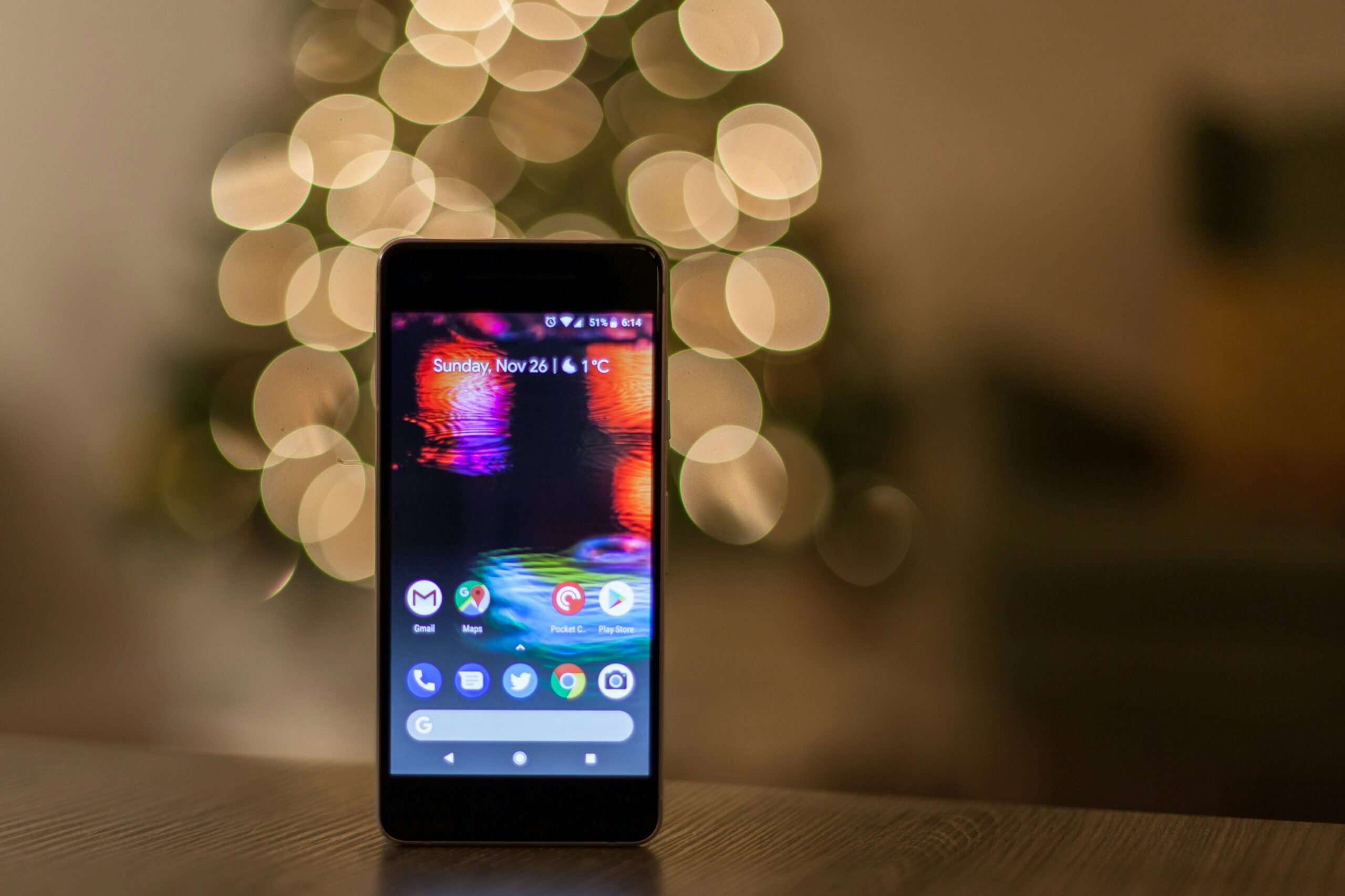Hey there, newbie road warrior! Ready to embark on your driving adventures? Well, before you hit the pedal to the metal, you'll need to secure that all-important driver's license.
Think of it as your passport to legal cruising in the Philippines. Trust me, driving without one isn't worth the hefty ₱3,000 fine!
Now, navigating the process of getting your license can feel like embarking on a wild road trip, especially if you're new to the game. But fret not! I've got your back with a comprehensive guide to help you navigate the twists and turns. Let's ensure you're road-ready and legally sound!
What is a Driver's License?
In the Philippines, a driver's license isn't just a piece of paper – it's your official ticket to cruise the roads legally. This government-issued ID not only gives you the green light to hit the highways but also serves as a valid form of identification for various transactions, both in the public and private sectors.
The Land Transportation Office (LTO), part of the Department of Transportation (DOTr), is the go-to hub for obtaining driver's licenses. They're the folks responsible for doling out these licenses and handling all things related to driver licensing and vehicle registrations nationwide.
Now, here's the lowdown: when you snag a shiny new driver's license, it's good to go for five years. But if you're just dipping your toes into driving with a student permit, that's only valid for a year. So, buckle up and make sure you're ready for the ride ahead!
Types of Driver's License in the Philippines
Student Permit
A student permit is a prerequisite for both professional and non-professional driver's licenses. Also called student driver's permit, this LTO-issued document is a basic license authorizing a person to drive a vehicle accompanied by a licensed driver (whether with a professional or non-pro license).
Who Can Apply for a Student Permit?
-
Filipinos at least 16 years old
-
Foreigners at least 18 years years old who have stayed in the Philippines for at least one month and have proof of residence for up to six months
-
People whose license has been expired for 10 years or more and have no traffic violations
-
Must be physically and mentally fit to drive vehicles
-
Individuals who completed the theoretical driving course
Student Permit Requirements in 2024
-
Completed Application for Permits and Licenses (APL) form
-
Any of the following (original copy for presentation and one photocopy for submission):
-
Birth certificate issued by the Philippine Statistics Authority (PSA) or the National Statistics Office (NSO)
-
Passport
-
Philippine Identification Card
-
PSA Marriage Certificate
-
Local Civil Registry (for places where there is no PSA)
-
For applicants below 18 years old:
-
Parent or guardian’s consent
-
Valid government-issued ID of the parent/guardian with photo and signature (original copy for presentation and one photocopy for submission)
-
For foreigners (original copy for presentation and one photocopy for submission):
-
Passport with entry date of at least one month and visa duration of six months from date of application
-
If born in the Philippines, birth certificate authenticated by the PSA
-
Medical certificate electronically transmitted by an LTO-accredited clinic (original copy for presentation and one photocopy for presentation)
-
Certificate of Completion of the 15-hour theoretical driving course electronically transmitted by an LTO Driver’s Education Center (LTO DEC), LTO-accredited driving school, or LTO-accredited TESDA training center (original copy for presentation and one photocopy for submission)
-
For employed applicants: Taxpayer’s Identification Number (TIN)
Non-Professional Driver's License
A non-professional or non-pro driver’s license allows you to drive private vehicles only. You may apply for a non-pro driver's license one month to one year after the issue date of your student permit.
In April 2022, the DOTr unveiled a new design for the driver’s license with a pearl white color, which looks different from the old bluish card. The redesigned driver's license still keeps the license’s security features, ensuring its legitimacy.

Who Can Apply for a Non-Pro Driver's License?
-
Filipinos at least 17 years old
-
Foreigners at least 18 years years old who have stayed in the Philippines for at least one month and have proof of residence for up to six months
-
Holders of a valid student permit for at least one month from issuance
-
Must be physically and mentally fit to operate a vehicle
-
Must have attended and passed the Practical Driving Course (PDC) from an LTO-accredited driving school, LTO DEC, or LTO-accredited TESDA training center
-
Must have passed the LTO examinations
-
Must not have unsettled traffic violations
Non-Pro Driver's License Requirements in 2024
-
Completed Application for Permits and Licenses (APL) form
-
Any of the following (original copy for presentation and one photocopy for submission):
-
For applicants below 18 years old:
-
Parent or guardian’s consent
-
Valid government-issued ID of the parent/guardian with photo and signature (original copy for presentation and one photocopy for submission)
-
Medical certificate electronically transmitted by an LTO-accredited clinic (original copy for presentation and one photocopy for presentation)
-
Practical Driving Course (PDC) certificate (original copy for presentation and one photocopy for presentation)
-
Valid Student Permit
-
For employed applicants: Taxpayer’s Identification Number (TIN)
Professional Driver's License
As the name implies, a professional driver’s license allows you to drive a vehicle for a living. Apply for a professional license if you plan to drive any public utility vehicle (PUV) such as a taxi, transport network vehicle service (TNVS), jeepney, tricycle, bus, etc.
Who Can Apply for a Non-Pro Driver's License?
-
Filipinos at least 17 years old
-
Foreigners at least 18 years years old who have stayed in the Philippines for at least one month and have proof of residence for up to six months
-
Must be a non-pro license holder for at least six months
-
Must have no unsettled traffic violations
-
Must be physically and mentally fit to operate a vehicle
-
Must have completed a minimum of eight-hour practical driving lessons from any LTO or TESDA-accredited driving school
Profesisonal Driver's License Requirements in 2024
-
Completed Application for Permits and Licenses (APL) form
-
Medical certificate electronically transmitted by an LTO-accredited clinic (original copy for presentation and one photocopy for presentation)
-
Valid non-professional driver’s license
How to Get a Driver's License in the Philippines 2024: Step-by-Step Guide
To get your driver’s license, you'll indeed have to take a long and winding road. But if you know where to start, you’ll find the process easier.
These are the steps on how to get a driver’s license in the Philippines this 2024.
STEP 1: Take a Theoretical Driving Course
If you're looking to get your driver's license in the Philippines, you'll soon find out that the LTO requires all first-time applicants to take a mandatory theoretical driving course.
This can be a little daunting for those who are not familiar with how to drive, but don't worry. If you take the course seriously, you can pass the test.
STEP 2: Get a Student Permit
To become eligible for a non-pro or professional license, you should apply for a student permit first from the LTO.
This driving permit is issued to qualified Filipinos and foreigners who wish to learn how to drive. When testing your driving skills on the road on your first few tries, you’ll need to present this permit to authorities who might issue you a ticket.
A student permit will cost you around ₱300 and around an hour of processing at the LTO office. During the one-year validity of your student permit, take the time to practice and improve your driving skills.
STEP3: Enroll in a Practical Driving Course
After securing a student permit, the next step is to take at least eight hours of practical driving lessons from any LTO or TESDA-accredited driving school in the Philippines.
After completing your driving lessons and passing a practical driving exam or assessment, you’ll receive a Practical Driving Course (PDC) certificate, which is a requirement for your non-pro or professional driver's license application.
STEP 4: Undergo a Medical Examination
To get a license, you need proof that you're physically and mentally fit to drive. Go through a medical exam (which will cost around ₱500) at any LTO-accredited clinic. Such clinics are located within or near the LTO office premises, so you can have your medical exam on the day of your driver's license application.
Your medical certificate will be submitted online to the LTO. Nevertheless, you'll also be given a hard copy of your med cert, which you'll submit to the LTO for validation.
Step 5: Apply for a Driver's License
Go to the nearest LTO branch for the process of getting your driver's license. Make sure to bring all the required documents to avoid any hassle.
How to Get a Driver's License in the Philippines: FAQs
Got questions on how to get a driver's license in the Philippines? Take a look at the following:
The 10-year driver’s license validity is a privilege or incentive extended to drivers with clean records. The LTO has been implementing the 10-year license validity since October 2021.[3]
Under Republic Act 10930,[4] professional license holders who have never violated any traffic law, rule, or regulation within the five-year period are entitled to a 10-year driver’s license validity upon renewal. However, motorists with traffic violations will get driver’s licenses with only five-year validity upon renewal.
You’ll see your license expiration date on your driver’s license card’s front side.
How your validity period is determined depends on whether your license is issued before or after your birthday.
If you get your license before your birthday, the current year is included in the validity period. For example, if you get your license on July 10, 2022 and your birthday is on July 15, the year 2022 is included in the validity period (counted as 2022-2023-2024-2025-2026-2027-2028-2029-2030-2031). Your license will then expire in 2031.
But if your license is issued after your birthday, the current year is not included in counting the validity period. For example, if you get your license on July 10, 2022 and your birthday is on July 5, the counting of your validity period starts the following year (counted as 2023-2024-2025-2026-2027-2028-2029-2030-2031-2032). In this case, your license will expire in 2032.
LTO-accredited driving schools nationwide, such as A-1 Driving and Smart Driving School, offer online and face-to-face/classroom-type theoretical driving lessons for more or less ₱2,000.
Looking to save money? Fortunately, the TDC is now available at selected LTO-accredited driving centers in your region for free. As of this writing, you must first contact the center and schedule your class. Check the LTO website for the complete list of driver’s education centers in the Philippines.
Here’s what’s included in the 15-hour theoretical driving course:
- Background and evolution of LTO and its role in development
- Basics of LTO organization and functions
- Processes of vehicle registration and driver’s license application
- Traffic rules and regulations including traffic signs, signals, pavement markings
- Special laws and administrative issuances established by the LTO
- Hazard scanning recognitions and avoidance of road accidents
- Functions and use of vehicle accessories
- Parking techniques such as parallel, reverse, angle, and three-point turn
- Vehicle safety and basic troubleshooting
- Defensive driving, road safety and discipline practices
After getting a copy of the Filipino Driver’s Manual, students must complete the course instruction for not less than 15 hours.
For non-pro driver’s license applicants, the hands-on driving exam covers safe driving techniques in different road conditions, densities of traffic, and weather conditions. Drivers should complete this for at least eight hours at any LTO or TESDA-accredited driving school.
The practical driving test can be a nerve-wracking experience, but there are some things you can do to make sure you enjoy it and make the most of it. Remember that the test is just an opportunity to show off your skills as a driver. Here are some tips to keep you going:
✅ Know your route
This may seem like an obvious one, but make sure you know the route of your practical driving test before the day of the test. This way, you can focus on your driving and not worry about getting lost. If possible, drive the route a few times before your actual test so that you can familiarize yourself with it.
✅ Be confident
Believe in yourself and don’t let your insecurities and doubts get the best of you. Remember that you’ve already passed the written portion of the driving test, so you’re halfway there! Take a deep breath and relax—you can do this!
✅ Stay calm
Self-doubt and anxiety can be your worst enemies on the day of your practical driving test. If you start to feel anxious, take a few deep breaths and remind yourself that you know how to drive. The test is just a formality and you’ll do great!
✅ Focus on the task at hand
Stay focused while driving. Don’t let your mind wander, and don’t get distracted by anything else going on around you. Keep your eyes on the road. Most importantly, keep your hands away from your smartphone.
✅ Have fun!
Driving can be fun, so make sure you enjoy it! Don’t take the test too seriously and relax—you’ll be fine. Before you know it, you’ll receive your certificate with your name on it.






